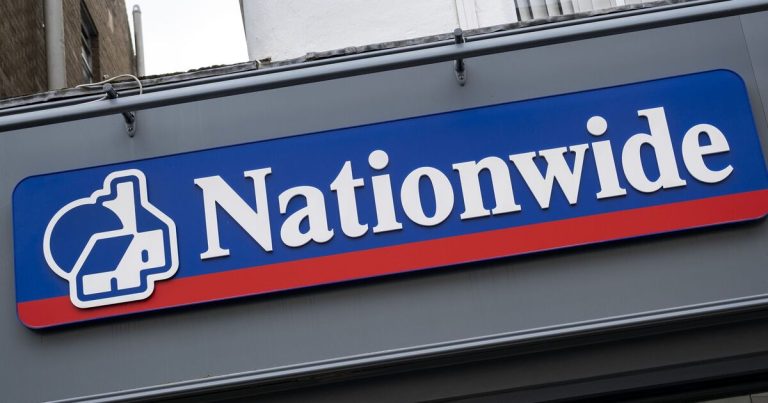
HM Revenue and Customs (HMRC) has disclosed that over 10,000 payments amounting to £12.5 million have been made via a new digital service aimed at boosting people’s State Pensions since its launch last year. However individuals have less than three months to rectify any gaps in their National Insurance (NI) records dating back to 2006 to maximise their State Pension upon retirement.
Usually, people can only make voluntary contributions for the past six tax years, and after the April 5 deadline this year, the standard six-tax year limit will be reinstated. In 2023, the previous government extended the deadline for making voluntary NI contributions to April 5, 2025 for those affected by new State Pension transitional arrangements, covering tax years from April 6, 2006 to April 5, 2018.
This extended deadline has given individuals more time to assess their options and make their contributions. Men born after April 6, 1951 and women born after April 6, 1953 are eligible to make voluntary NI contributions to enhance their New State Pension, the Daily Record reports.
Some individuals may be entitled to NI credits instead of having to make contributions, so they should check and consider what is best for them. HMRC stated that further analysis of the online service usage shows that the majority (51%) of customers topped up one year of their NI record, with the average online payment being £1,193.
The GOV. UK portal is now steering individuals towards helpful resources for making voluntary contributions, especially for those aiming to bolster their State Pension.
The website also provides a tool to calculate your State Pension forecast. Alice Haine, personal finance analyst at Evelyn Partners—the firm behind Bestinvest—commented: “People typically need at least 10 qualifying years of NI (national insurance) contributions to receive any state pension at all and at least 35 years to receive the full new State Pension – though they don’t need to be consecutive years.”
She cautioned, “Plugging gaps can be quite an expensive process, so it is important to assess whether you actually need to buy back any missing years. This will depend on how many more years you plan to work, and whether you are eligible for NI tax credits, which fill the gaps, such as those who have been sick, were unemployed or took time out to raise a family or care for elderly relations.”
She further noted recent government innovations, with the introduction of a new NI payments service in April last year, designed to simplify the process of plugging gaps in your NI record—a tool that over 3.7 million people have used since its launch.
Ms Haine concluded, “People simply need to log into their personal tax account or the HMRC app to not only view any payment gaps but also check if they can plug those gaps directly through the Government’s digital channels.”
“A short survey assesses the person’s suitability to pay online with those eligible to pay directly given a series of options to plug any gaps depending on when someone wants to stop working.”
“Calculating whether to top up can be confusing though, and ultimately, there is no point paying for more years than you need because you won’t get that money back.”
She added: “People who might need to top up include those that took a career break as well as low earners or expatriates living and working abroad.”
“Remember, this deadline has been extended a couple of times in the past, which makes it more likely the Government will stick to the April cut-off point this time around. For this reason, those that think they might need to take action should start the process now.”






